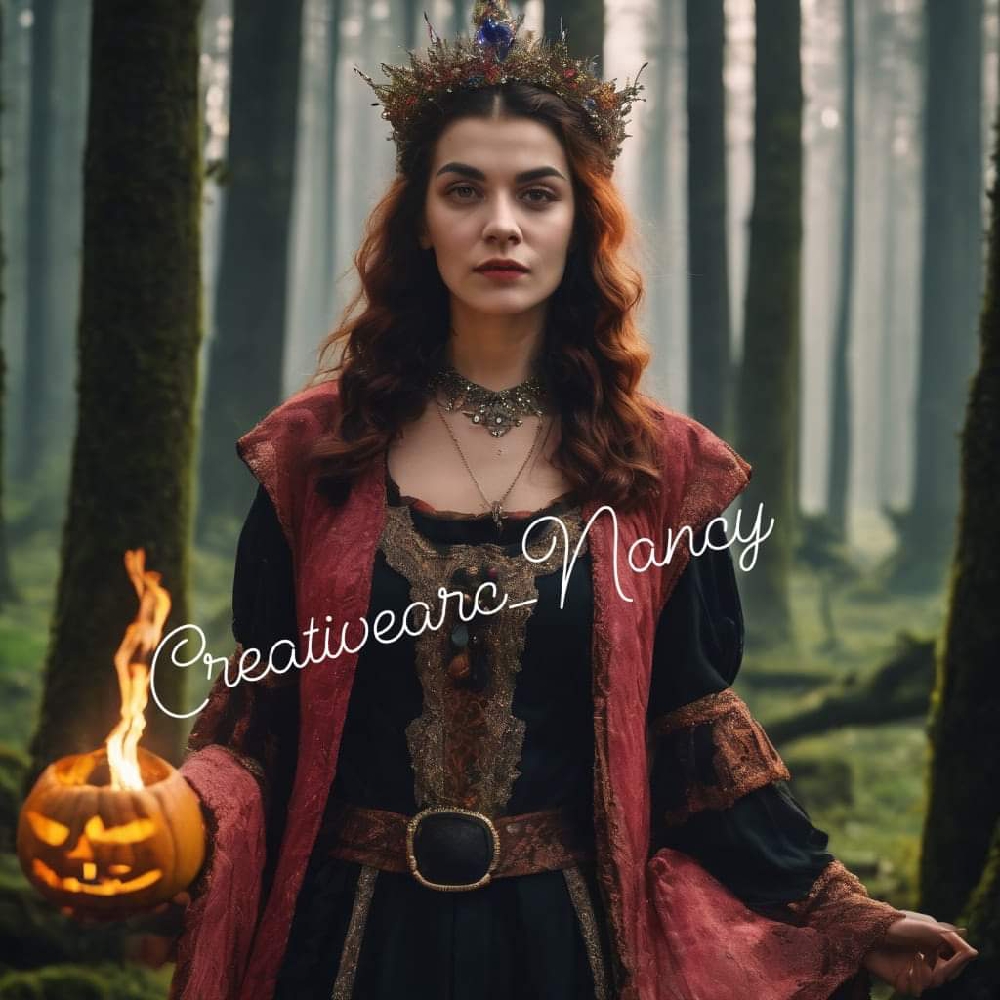




Nancy Fred-Jonah
@nancyfredjonah684798
2 years ago
FUNDAMENTALS OF STORYTELLING USING THE FIVE-FINGER STORY STRUCTURE.
📚 Attention, teachers! 📚
Are you looking for a creative and engaging way to teach the fundamentals of storytelling to your learners?
Permit me to introduce the Five-Finger Story Structure, a simple yet effective method that will make learning fun for your students. Let's dive right in!
1️⃣ Character 👨🏫👩🔬🧑🎨
Start by introducing the concept of characters. The main character drives the story forward and engages the audience. Encourage your learners to create their own characters, either by drawing or describing them. You can even make it more exciting by having a costume day where each learner dresses up as their character!
2️⃣ Setting 🏰🏞️🌌
Next, focus on setting, the place and time where the story takes place. Help your learners visualise the setting by using descriptive words or even asking them to draw the scene. To make it interactive, consider taking your learners on a "virtual field trip" to explore different settings or even have a themed classroom where each corner represents a different setting!
3️⃣ Problem ❓❗❓
Every interesting story needs a problem to be solved. Encourage your learners to brainstorm and come up with different problems their characters can face. They can write these problems down or even act them out through role-playing. You could organise a "Problem of the Day" challenge, where learners solve a different problem each day and share their solutions with the class.
4️⃣ Solution ✅🔑🎯
Teach your learners. about the importance of finding solutions to problems by discussing different ways characters can overcome challenges. Encourage critical thinking by asking questions like "What if the character's first idea doesn't work?" or "How can they use teamwork to find a solution?" To make it even more engaging, challenge your learners to come up with creative and unexpected solutions to problems.
5️⃣ Ending 🎉🏆🌈
Lastly, discuss the ending of the story. Help your learners understand that the ending should wrap up the story and provide closure. Talk about different types of endings, such as happy endings, cliffhangers or even open-ended conclusions. You can then have your learners create their own endings by writing a final chapter, drawing a conclusion, or acting out an ending scene.
By incorporating the Five-Finger Story Structure into your lessons, you'll not only teach the basics of storytelling but also inspire your learners' creativity and imagination. Remember to make it fun and interactive, whether it's through costumes, "virtual field trips", role-playing or creative challenges.
Happy storytelling, teachers! 🎭📖🌟
©️Nancy Ebere Fred-Jonah
